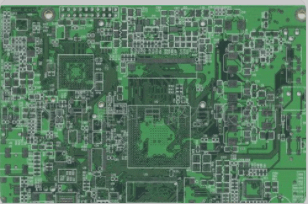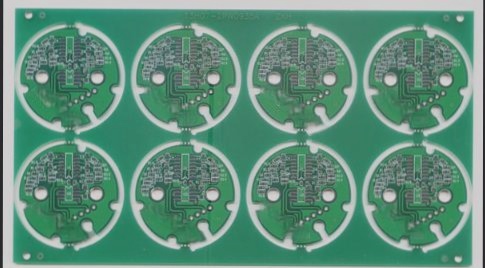Key Factors to Consider in High-Quality PCB Design
Designing a high-quality PCB involves more than just a simple layout. Here are some critical factors to keep in mind:
1. FPGA Pin Assignments Verification
When designing a circuit system with FPGA devices, use Quartus II software to verify pin assignments before drawing the schematic to avoid issues with certain pins that cannot be used as regular I/O pins.
2. Layer Stack-Up in PCBs
- For a 4-layer PCB, the layer stack-up should be: signal plane, ground, power, and signal plane.
- For a 6-layer board, the stack-up should be: signal plane, ground, inner signal layer, inner signal layer, power, and signal plane.
- For PCBs with six or more layers, routing should primarily be done on the inner signal layers, avoiding routing on plane layers.
3. Power Distribution in Multi-Supply Systems
In systems with multiple voltage rails like FPGA + DSP on a 6-layer PCB, proper distribution of power rails such as 3.3V, 1.2V, 1.8V, and 5V is crucial. The 3.3V supply is the main power rail and should be laid directly on the power layer for efficient routing.

4. Routing Best Practices
Use a crossing pattern for routing between adjacent layers to reduce electromagnetic interference and simplify the routing process.
5. Isolation of Analog and Digital Signals
Keep analog and digital components separate during layout and use proper techniques, like routing analog signals with an analog ground and connecting analog power to digital power via a single-point connection.
6. Iterative Development in PCB Design
Consider PCB design as part of a software development process and apply iterative development to reduce errors. Verify the schematic, package drawings, netlist, and routing carefully.
7. Placement of Crystal Oscillator
Place the crystal oscillator close to the chip without routing underneath, and use copper planes for the associated network.
8. Signal Arrangement on Connectors
Properly arrange signals on connectors to ease routing without renumbering components.
9. Design Considerations for Connectors
- Use flat cable connections with identical upper and lower interfaces.
- Ensure mirrored and symmetrical upper and lower interfaces for straight connectors.
10. Design Considerations for Module Connection Signals
PCB Module Connection Guidelines
- If placing two modules on the same side of the PCB:
- Connect the supervisor’s serial number to the smaller module first, then to the larger one, mirroring the signal connections.
- If the modules are on opposite sides of the PCB:
- Connect the control system’s serial number to the smaller module first, then to the larger one. This may result in signal crossings, as depicted in the adjacent diagram.
Power Ground Loop Design Tips
The power supply’s ground loop area is susceptible to electromagnetic interference. To reduce this interference:
- Keep power and ground traces close together to minimize the loop area.
- By doing so, you can decrease electromagnetic interference significantly (by approximately 54 times).
- Route power and ground traces as closely as possible and keep signal traces away from them to reduce mutual inductance between signals.




